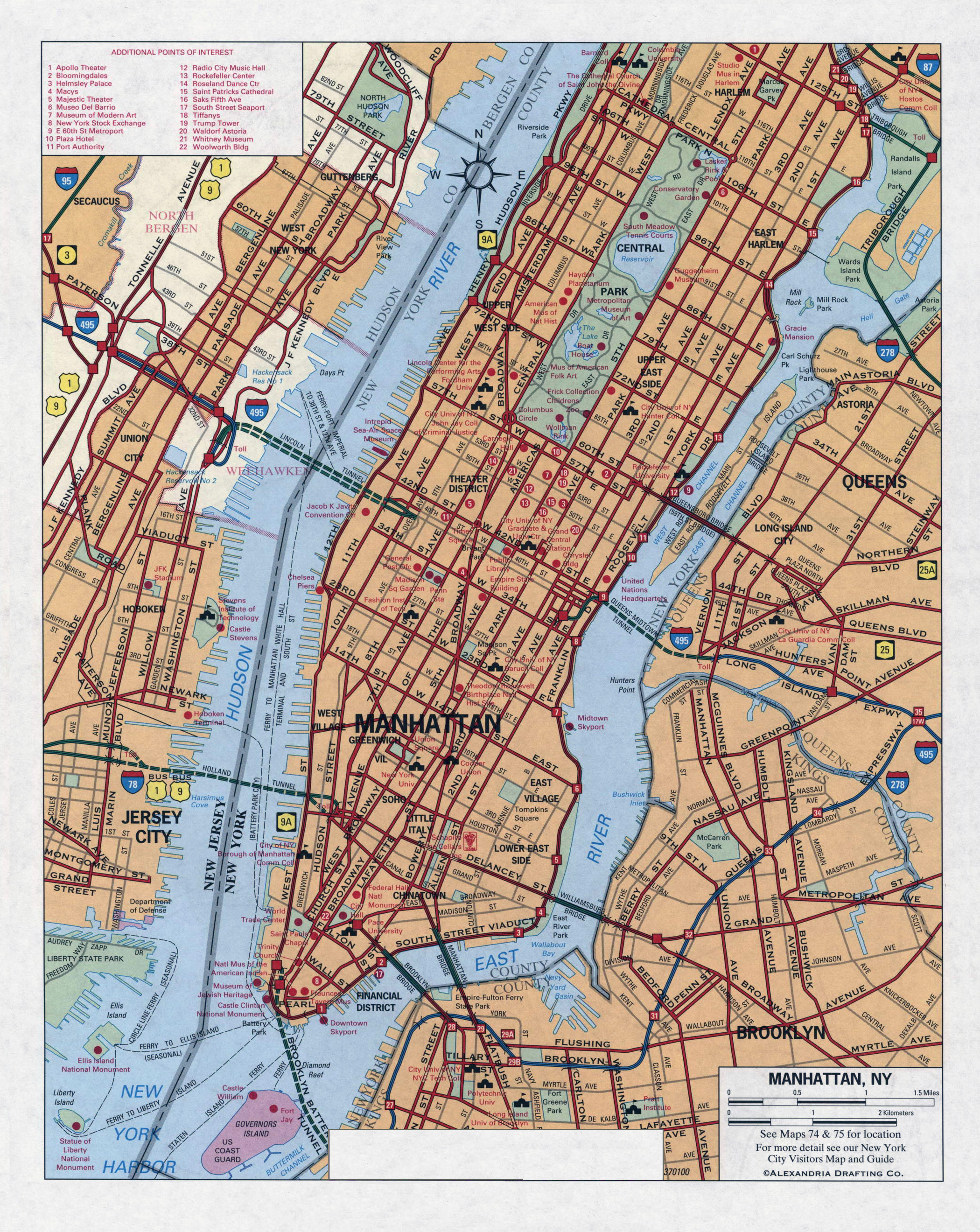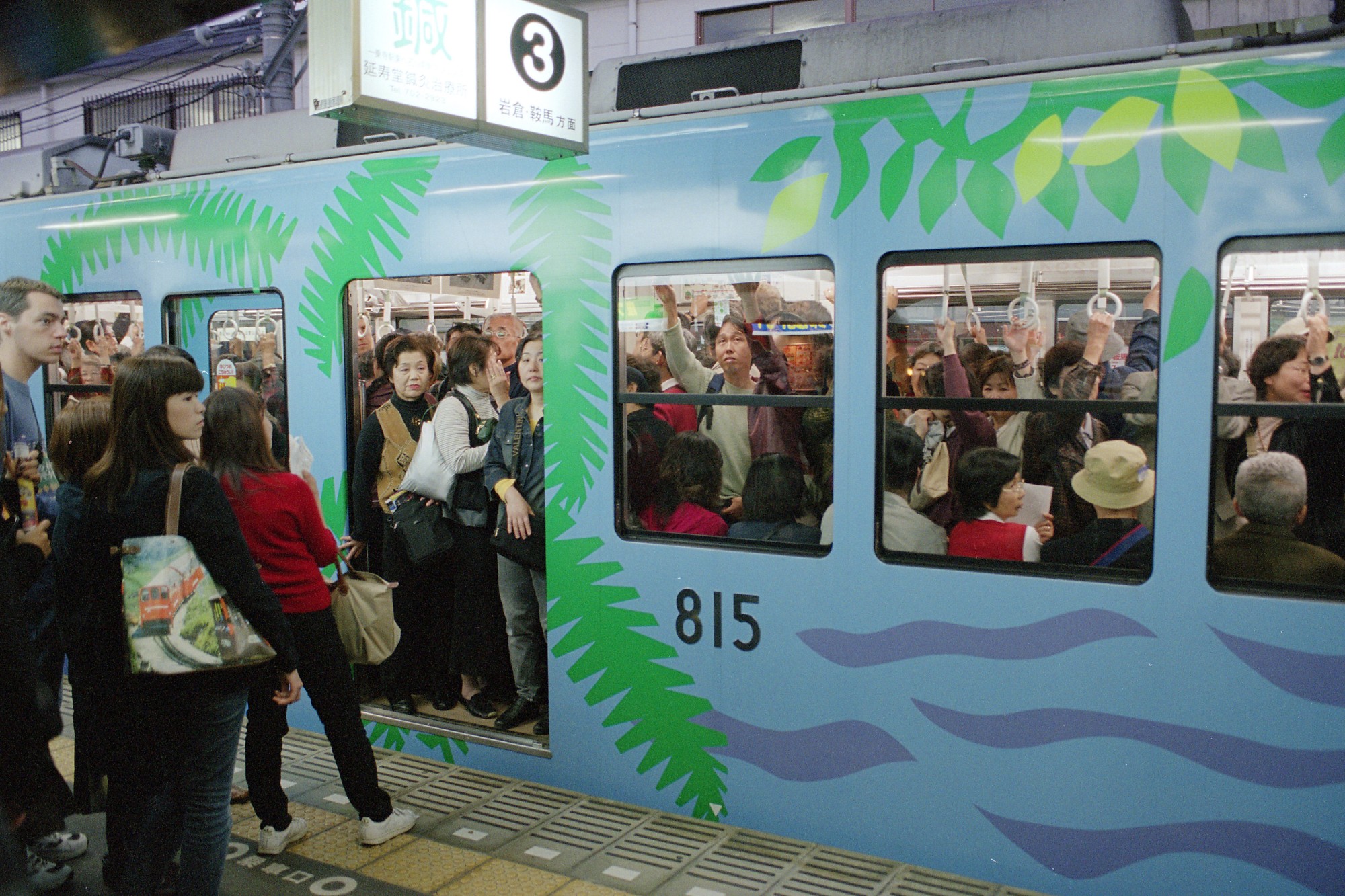Here is a multi-part look at how driving speeds and times vary across different areas and conditions in New York City.
Getting Around Without Traffic
Late at night when there is no traffic, it is possible to get across NYC incredibly fast. Driving from Brooklyn to New Jersey could take under 10 minutes if there are no delays. One resident mentioned being able to get from the East Village to the Bronx in just 7 minutes without any traffic holding them back. moving efficiently without congestion late at night. The light sequencing also helps, as lights tend to stay green in a consistent pattern when going north or south, allowing for uninterrupted driving.
:max_bytes(150000):strip_icc()/driving-GettyImages-458583416-56a400203df78cf772804cde.jpg)
Lengthy Commutes During the Day
The same journeys become a completely different experience during regular daytime hours. With more vehicle volume on the roads, there are numerous factors that can dramatically slow driving speeds. Construction work, sanitation vehicles, accidents, cyclists, emergency vehicles, reckless drivers, pedestrians all contribute to worsening traffic flows. One driver recalling taking 48 minutes to go from exit 33 to 32 on the BQE, and 2 hours just to enter Manhattan in the middle of the day. Congestion grinds speeds to a halt.
Variations by Location and Weather
Travel times around NYC also depend on specific origins and destinations. On an average weekday at 2pm, a taxi could take around 20 minutes to go from Second Avenue to the West Side Highway. However, a rainy day could easily extend that to 30 minutes due to poorer road conditions slowing speeds. During rush hour periods, expect journeys to potentially double in length due to surge in road users. Construction works also play a big role, often restricting lanes and limiting how quickly vehicles can transverse affected regions.
Navigating Unpredictable Delays
Even with navigation apps aiming to provide real-time traffic updates, unexpected disruptions are common in the ever-changing NYC streetscape. Road blocks from ongoing infrastructure projects may not be scheduled accurately. Incidents like accidents or vehicle breakdowns can instantly gum up traffic flows. Without advance warning, drivers may have little recourse other than detouring multiple blocks to find an alternative route. Construction zones in particular deliver an inconsistent experience, sometimes clearing out in just half an hour or occupying roads for months on end.
Challenges of Commercial Driving
Driving for commercial purposes like operating a taxi, ride-hailing, or delivery vehicle presents unique difficulties navigating NYC traffic. Professionals striving to maximize fares or make timely deliveries have to contend with unpredictability on a daily basis. Quick jobs during less busy periods can suddenly blow out due to unforeseen obstacles. Maintaining sufficient earnings requires expert route planning, anticipation of trouble spots, and quick decision making under pressure. It is undoubtedly not a job suited for those lacking perseverance or adaptable problem-solving skills.
Future of Mobility and Speed Improvements
With congestion only projected to worsen in coming years as the city population grows, innovative solutions will be needed to enhance mobility. Investments in mass transit can offer needed alternatives to car journeys. Technology may help through connected vehicles communicating in real-time to smooth traffic flows. Broader adoption of EVs could aid with improving air quality while freeing up lanes formerly used for parking. Reconfiguring streets to prioritize more space-efficient modes like buses, bikes and delivery vehicles also shows promise. Constant refinement will be essential to improving speeds and journey times in increasingly populated urban centers.

 A Packed Train Ride
A Packed Train Ride